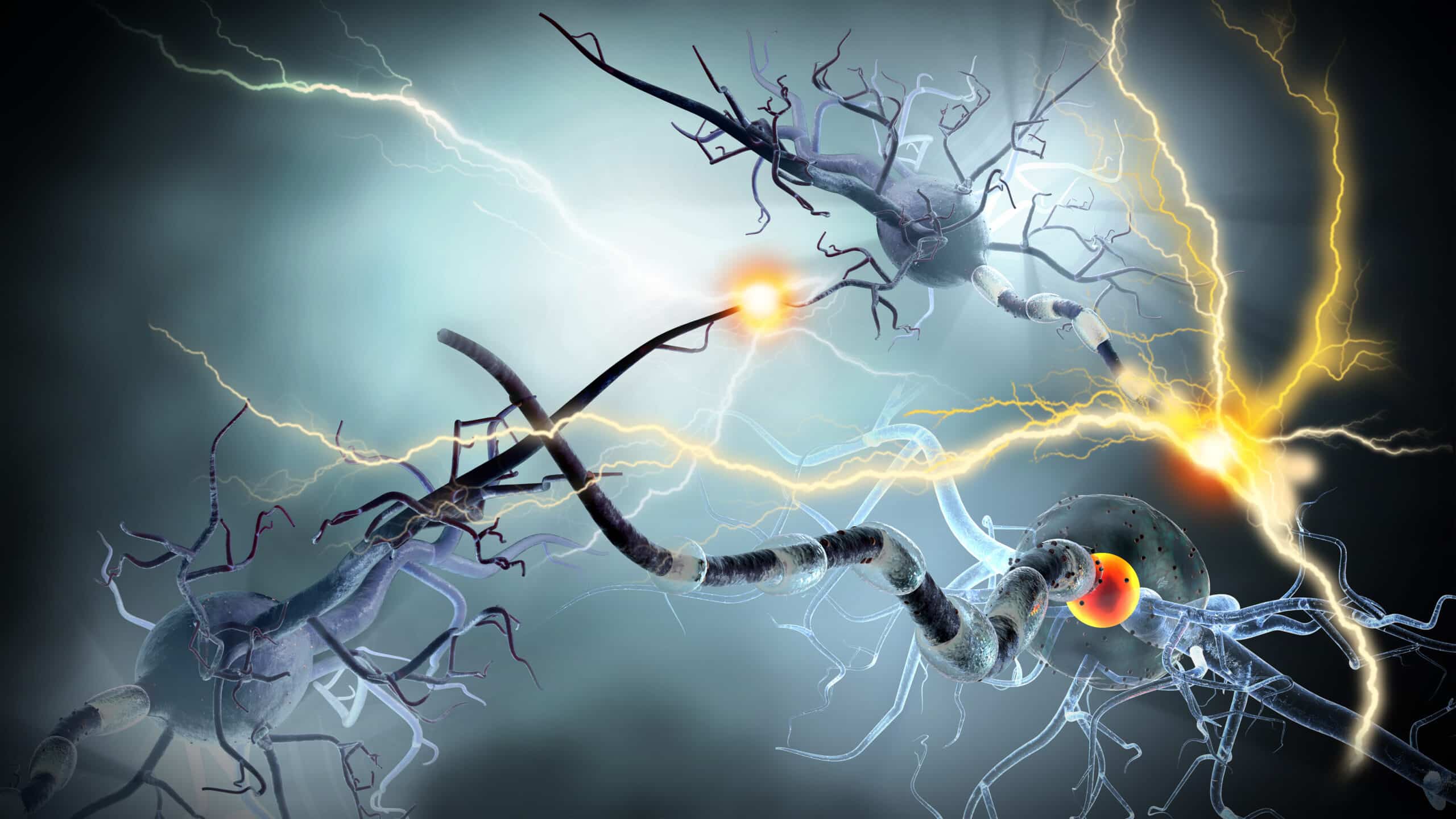This synthetic peptide only has 23 amino acids that folds into alpha sheet structures that bind to early stage small clumps of beta amyloid to stop them from forming larger masses. This synthetic peptide was tested in cells and animals which showed the alpha sheets to reduce the toxic impact of beta amyloids in cultured human brain cells, and to block early forms of beta amyloid in animal models of AD.
According to the researchers their findings may lead to treatments to clear away toxic beta amyloids in early forms, and there is potential for use of the synthetic peptide as basis of a test for diagnosing AD before symptoms emerge.
Toxic beta amyloid clumps are a hallmark of AD, but not all forms of beta amyloid are toxic as neurons make the protein in a simple form called monomer, which is a form of beta amyloid used to carry out essential jobs in brain cells. In those with Alzheimer’s disease beta amyloid monomers cluster into oligomers which contain up to 12 monomers.
Formation of protein deposits are a typical feature of diseases in which proteins fail to fold properly into the shape required to do its job. In AD these oligomers continue to grow into larger shapes and eventually for bigger deposits of plaques.
Scientists once thought these plaques were the most toxic form of beta amyloid that produced the symptoms of AD. Due to advancements in discovery evidence an increasing number of experts now suggest that earlier stages of oligomer stages of beta amyloid are likely to be the most toxic to brain cells.
The synthetic peptide alpha sheets were designed to target beta amyloid while still in the oligomer forming stage. This study demonstrated the possibility to devise a synthetic peptide alpha sheet with structures that complement and bind to those of beta amyloid as it assumes a toxic form to neutralize toxicity while leaving the biologically active monomers intact.
Powerful spectroscopes were used to watch how beta amyloids progressed from monomers to oligomers to plaques in cultured human brain cells. Treating samples of brain tissue from mouse models of AD with synthetic peptide alpha sheets led to an 82% reduction in beta amyloid oligomers, treating the live mice with the synthetic reduced brain beta amyloid oligomer levels by 40% within 24 hours.
Treating Caenorhabditis elegan models of AD with the synthetic showed the delay of paralysis due to beta amyloids, treated worms displayed less gut damage than would normally develop when they fed on bacteria producing beta amyloid.
The team also showed it was possible to use alpha sheets of the synthetic peptide to test for levels of beta amyloid oligomers, and they are experimenting with new versions of the synthetic peptide alpha sheets to find those that can neutralize beta amyloid oligomers more effectively.
“Beta-amyloid definitely plays a lead role in Alzheimer’s disease, but while historically attention has been on the plaques, more and more research instead indicates that amyloid beta oligomers are the toxic agents that disrupt neurons.” says Prof. Valerie Daggett.




